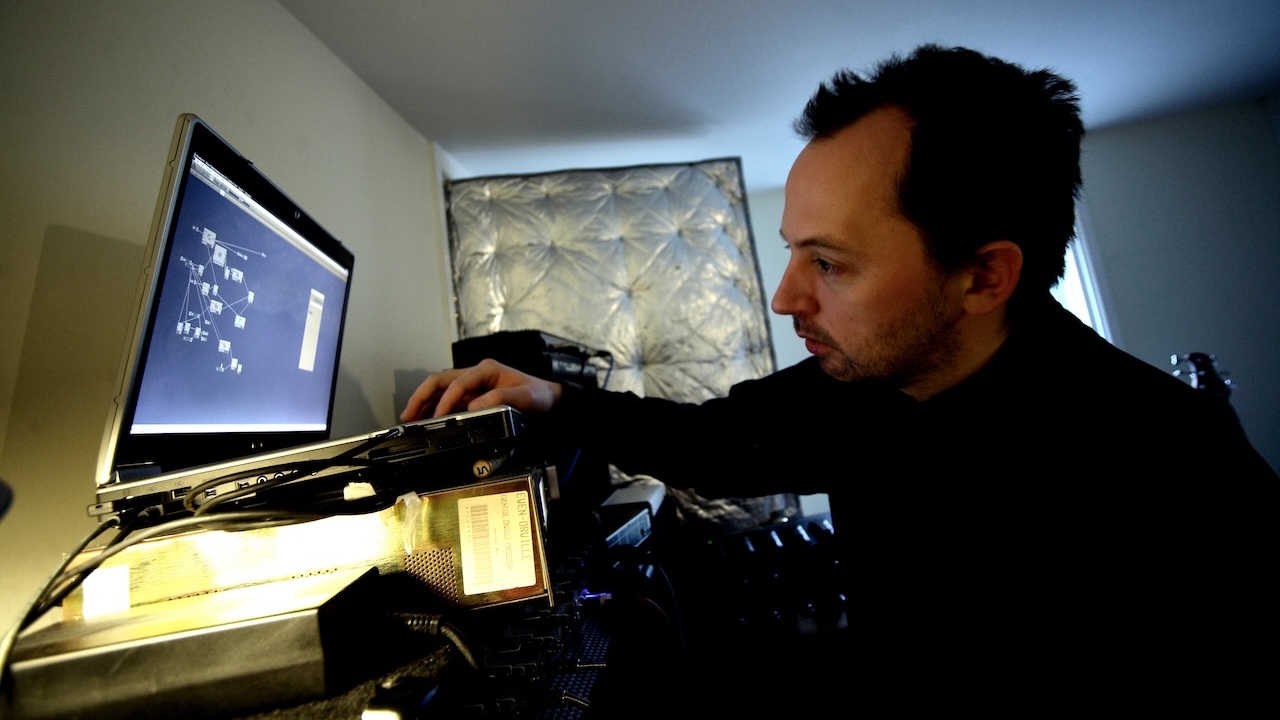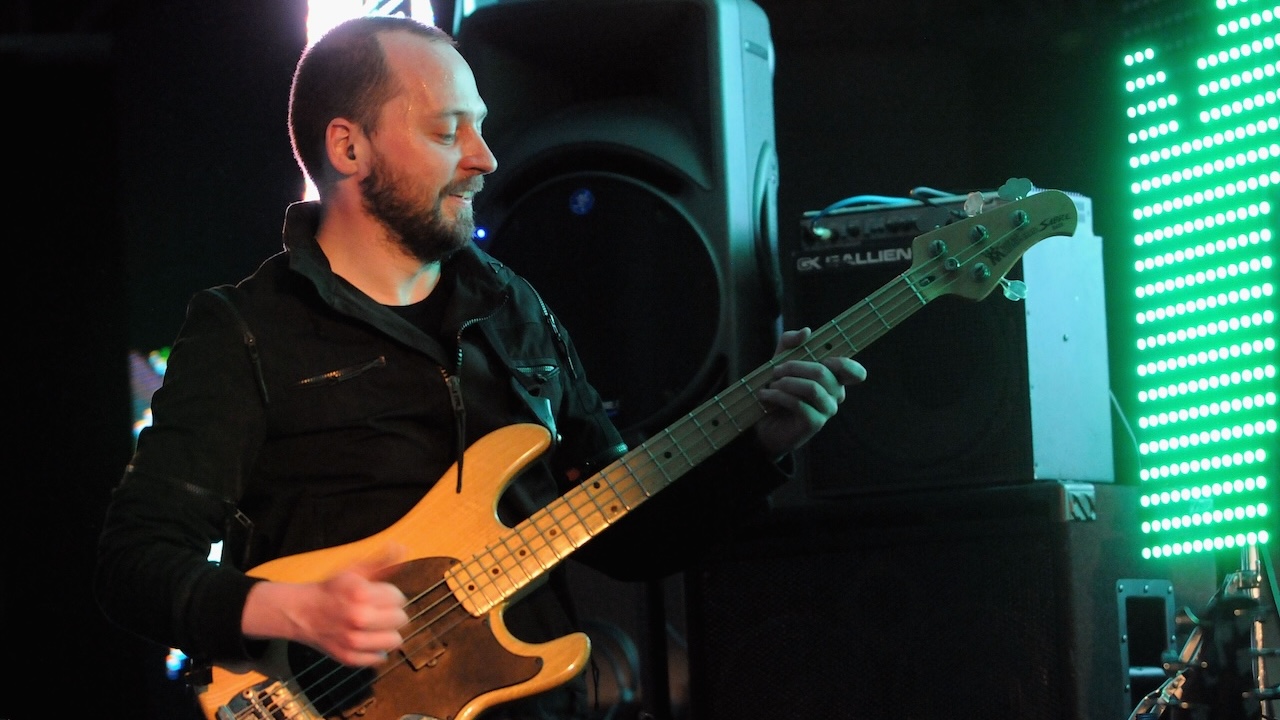“The string mute had disintegrated, so I stuck a piece of scouring pad to whatever was left”: How Squarepusher found a signature sound with a 1979 Rickenbacker bass, a DIY string mute and some heavy EQ
Iambic 5 Poetry features two separate bass tracks: the up-front melodic line, and another hidden low in the mix

Variously described as a drum and bass trailblazer, art-rocker, electronic music visionary, and world-class bass player, Tom ‘Squarepusher’ Jenkinson delights in subverting clichés and hopping unashamedly between genres.
Take, for example, Iambic 5 Poetry, which opens the 1999 mini-album Budakhan Mindphone. Though the track may lack the visceral immediacy that characterizes much of the Squarepusher oeuvre, its irony-free simplicity and quiet, hypnotic intensity help it linger long in the memory.
Iambic 5 Poetry features two separate bass guitar tracks: the main up-front melodic line, and another hidden lower in the mix.
“The second part was to offer root-note consolidation to the harmony,” Jenkinson told Bass Player in December 2009. “I remember the piece seeming to hang in the air until that part was added.”
The melodic bass part was played on a 1979 Rickenbacker 4001 strung with nickel round-wounds (.045-.100) and recorded direct with a “smattering” of reverb from a Fender tube-driven spring reverb unit.
The tight, punchy sound comes from Jenkinson playing with a pick and using the Rickenbacker's built-in string damper.
“I remember coming to use it and finding it had disintegrated, so I stuck a piece of scouring pad to whatever was left, which seemed to work well!”
All the latest guitar news, interviews, lessons, reviews, deals and more, direct to your inbox!

The tireless British innovator also added heavy EQ to the track “to bring out the ‘clickiness’ of the attack.”
Though Squarepusher is known for drawing heavily on the intricacies of jazz, lambic 5 Poetry is relatively straightforward in terms of harmony. Based around a series of chords drawn from the C# minor natural scale, the track never strays from diatonic territory.
Following the drumstick count-off, the main bass announces a thematic figure over four bars, the first two of which become the melodic glue binding the whole piece together. The bass then drops out for the next 32 bars, leaving the drums and keyboards to establish an expansive, ambling shuffle built around an eight-bar feel that breaks down naturally into two bars of four.
At 02:02, a glockenspiel takes up the initial bass motif as the basses make a dramatic entry with a powerful octave C#, and Jenkinson starts laying out a main part that's rich in subtle slides, slurs, and ghost-notes.
Jenkinson continues to add small variations to his part; listen for his lovely run at 03:39, where he skips up through a B9sus chord to land on the tension-heavy minor 11th of F#m, sounding the 9th (G#) and 7th (E) before dropping down to the warm familiarity of the open E string for the E major chord on beat three.
While the second bass part has been an almost subliminal presence up until this point, you can easily discern it at 04:08 due to the wide distance between the two parts. Jenkinson played this subordinate bass part on a '90s Music Man detuned to C#, F#, B, and E.

“I didn't use heavier-gauge strings, so it could only be played lightly. It was pretty twangy, which suited the part, as I wanted a very subtle pitch modulation on the attack of the note.”
At 04:34 most of the instruments drop out, allowing the second bass part to emerge clearly for four bars and mark its presence with a brief flourish at 04:46.
A dramatic offbeat accent at 05:01 hints at the final push for home, and as the various melodic strands of the piece coalesce for the last time, the main bass part takes a four-bar breather before sounding the main theme at 05:12.
“It was one take, although it certainly wasn't take one. Usually I have a few goes that don't quite cut the mustard; then I'll have a cup of tea and do it in one go.”
You must confirm your public display name before commenting
Please logout and then login again, you will then be prompted to enter your display name.
